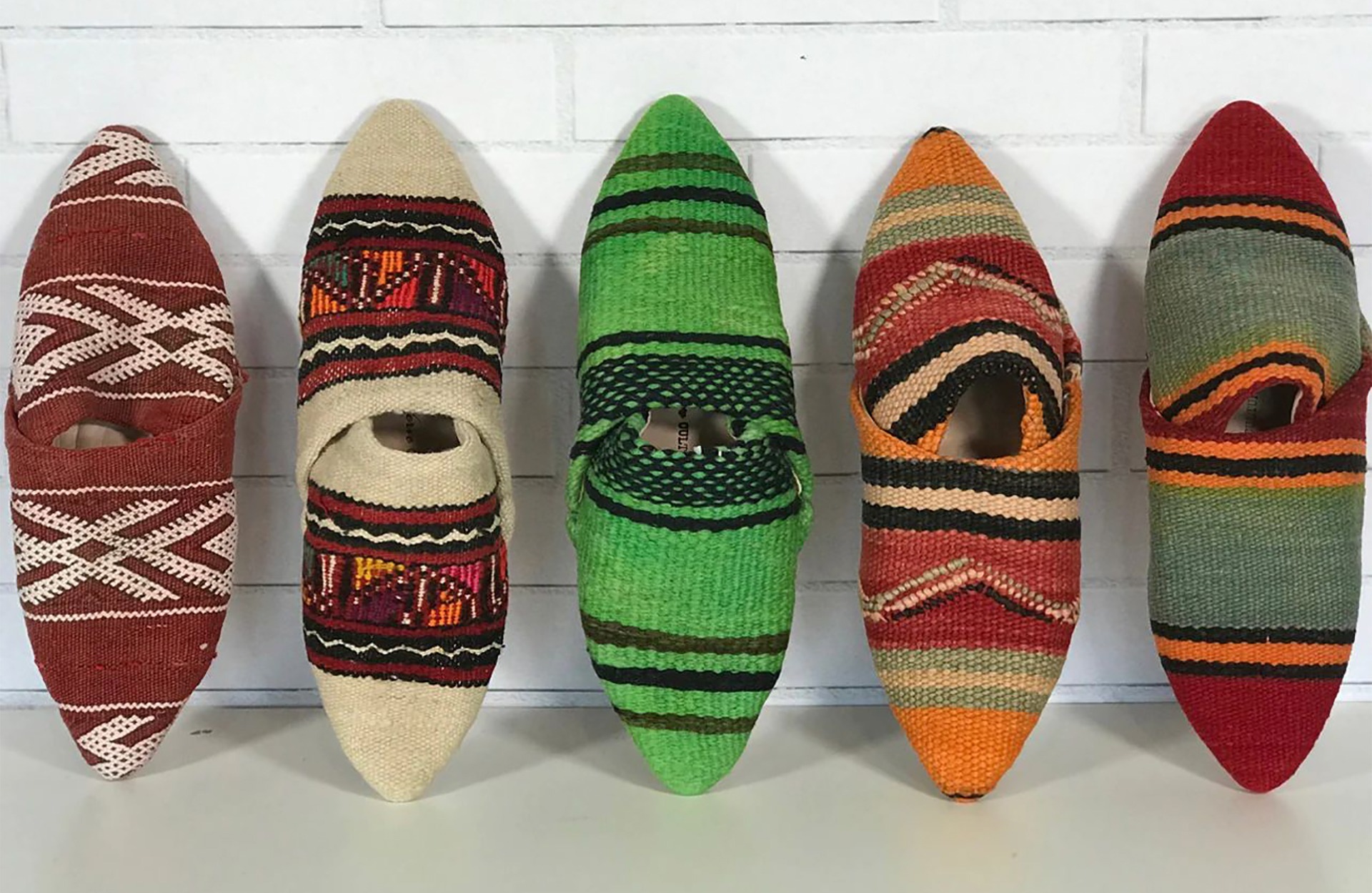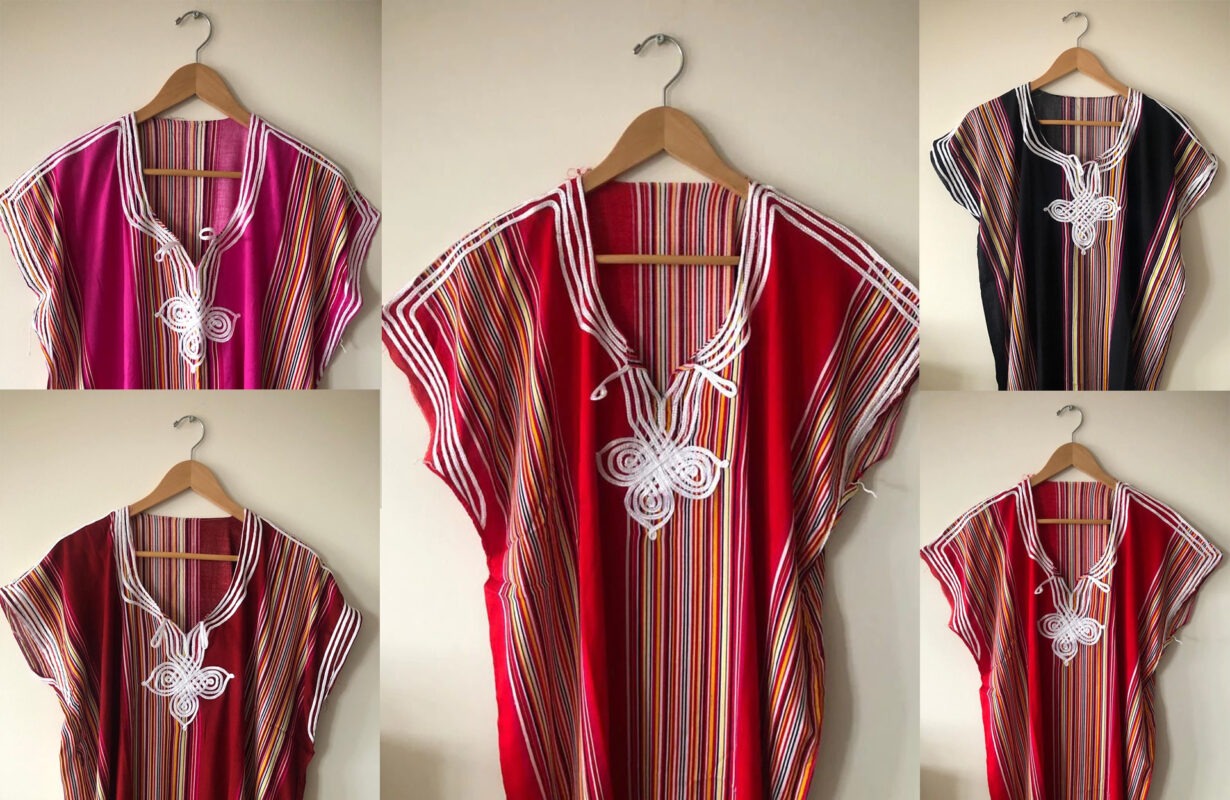Moroccan charbel has been passed down through generations throughout the ages
Hardly any popular or modern market in all Moroccan cities is devoid of it
We find it displayed on the storefronts in a consistent manner, as if they were fine paintings.
Shoes attract the attention of tourists with their distinctive shapes and attractive colors…
No Moroccan woman can do without it, whether traditional or modern.
The Moroccan charbel, or *balgha*, is an essential “accessory” with which Moroccan women express their femininity, simplicity, and elegance…and most importantly, their authenticity, just like traditional fashions such as the caftan, the jalabiya, and the takchita.
It is also considered a complement to the traditional Moroccan dress, whether for women or men
Even in children
Storefronts in Morocco, whether in cities or popular neighborhoods, are covered with Charbel sandals for women and Balgha sandals for men. The traditional shoe in Morocco, which brings back memories of the history of One Thousand and One Nights, is considered a Moroccan icon, as it is considered the oldest traditional shoe in North African countries.
To the global
Despite the competition between shoes manufactured in other countries for Charbel, it still adheres to its originality and history until it entered the world from its widest doors and was adopted by famous fashion houses such as Dolce & Gabbana and Gucci as part of its selected fashion collection in the summer.
Charbel remains the most widely used on religious occasions, holidays, and even national occasions and weddings.
It is noteworthy that the Moroccan city of Fez is the center of traditional Moroccan crafts, especially within the shops of the “Balgha Market”, which includes the most skilled traditional craftsmen to carve and decorate the Bulgha molds without deviating from its authenticity, which makes this market a major exporter of the Bulgha as a traditional commodity for all Moroccan cities, and also for other African countries. .
The most famous and oldest of the Fasian languages with a sharp front is the one in which yellow-dyed skin is used for men, while it is called the “Sharbil” for women. The colors of the language vary and vary to suit all traditional Moroccan costumes.




